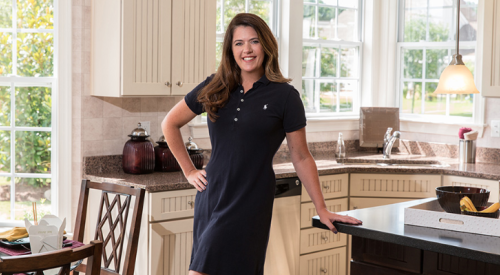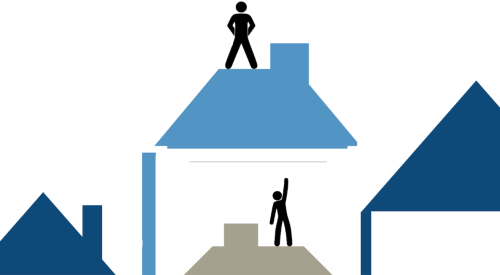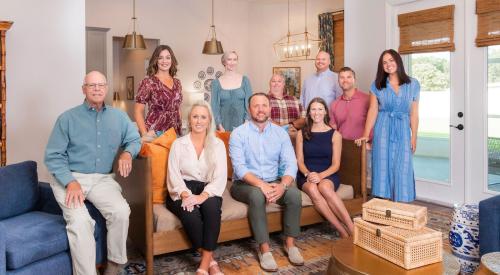| Heather McCune, Editor in Chief
|
Our annual Benchmark management conference is one of the events I approach each year with equal amounts of excitement and unease. For three days our entire team learns from and with some of the brightest home builders in business today. That, to me, is really exciting.
It is also slightly terrifying; thus my annual case of sweating palms and churning stomach. I became a journalist for one reason: It is the one job I found in which I could learn something new every day and get paid for it. At 20 years of age, that seemed like a good deal, and 20 years later, I still think it is. However, at Benchmark, we all get a concentrated dose of realizing how much there is to learn to become a world-class organization. Learning is exciting; it just isn't always easy.
Each year at Benchmark I have an "aha" moment, an encounter that is totally unexpected, and year to year it never comes from the same place. In Boston a few weeks ago, my "aha" moment came in a casual conversation during a midmorning coffee break. A builder and I were kicking around the content of the previous session - ways to grow people's strengths rather than fix their weaknesses. Our conversation was all over the place, discussing issues particular to his workplace and mine, but finally we settled on personal strengths and weaknesses. He made an interesting comment that has stuck with me. He said, and I paraphrase slightly:
"It doesn't matter if there is an MBA on the wall or a hammer in the hand. In this industry, we're all frustrated artists looking to get paid for building our dreams."
As we talked then and as this conversation has replayed in my head, I kept wondering what it meant given where the talk began. How does being a builder, a frustrated artist, relate to creating an organization based on a team's strengths rather than a company focused on correcting associates' weaknesses?
This month's cover story helped me - and can help you - glimpse the meaning behind what this builder said so eloquently. In three California projects - The Villas at The Bridges in Rancho Santa Fe by Greystone Homes, Ponderosa Homes' Legacy in Livermore and Majestic Oaks by Braemer Homes in Westlake Village - builders turned their dreams into good design and turned good design into dollars. Where this process began for these three builders was in extending their company borders. Each partnered with one of the most innovative architects in the business - Bassenian & Lagoni, the Dahlin Group and Barry Berkus. The strength these professionals brought to the process of building a dream filled a need that allowed each player to do what it's most skilled at. For each of these builders that means:
- identifying the needs and wants of the target buyer and working with an architect to create a home that goes beyond the must-have elements.
- building a story for each community that connects a new home to its surroundings in a way that roots it and its owners to a place bigger than just their lot.
- executing on the details so that in shoppers' minds only one new home community delivers just what they're seeking.
The Villas creates a luxurious, maintenance-free home for buyers who want and can afford a cruise ship lifestyle. Majestic Oaks delivers a neighborhood where no two homes look alike. Legacy draws on the heritage of the land to connect buyers to a larger community on this infill site.
None of us can hire all the strengths a company needs to achieve world-class status. But by simply asking the questions to understand where our personal and organizational strengths lie and how best to capitalize on that skill set, each of us gets one step closer to world class, to turning a dream into dollars.












